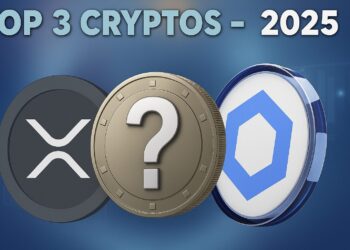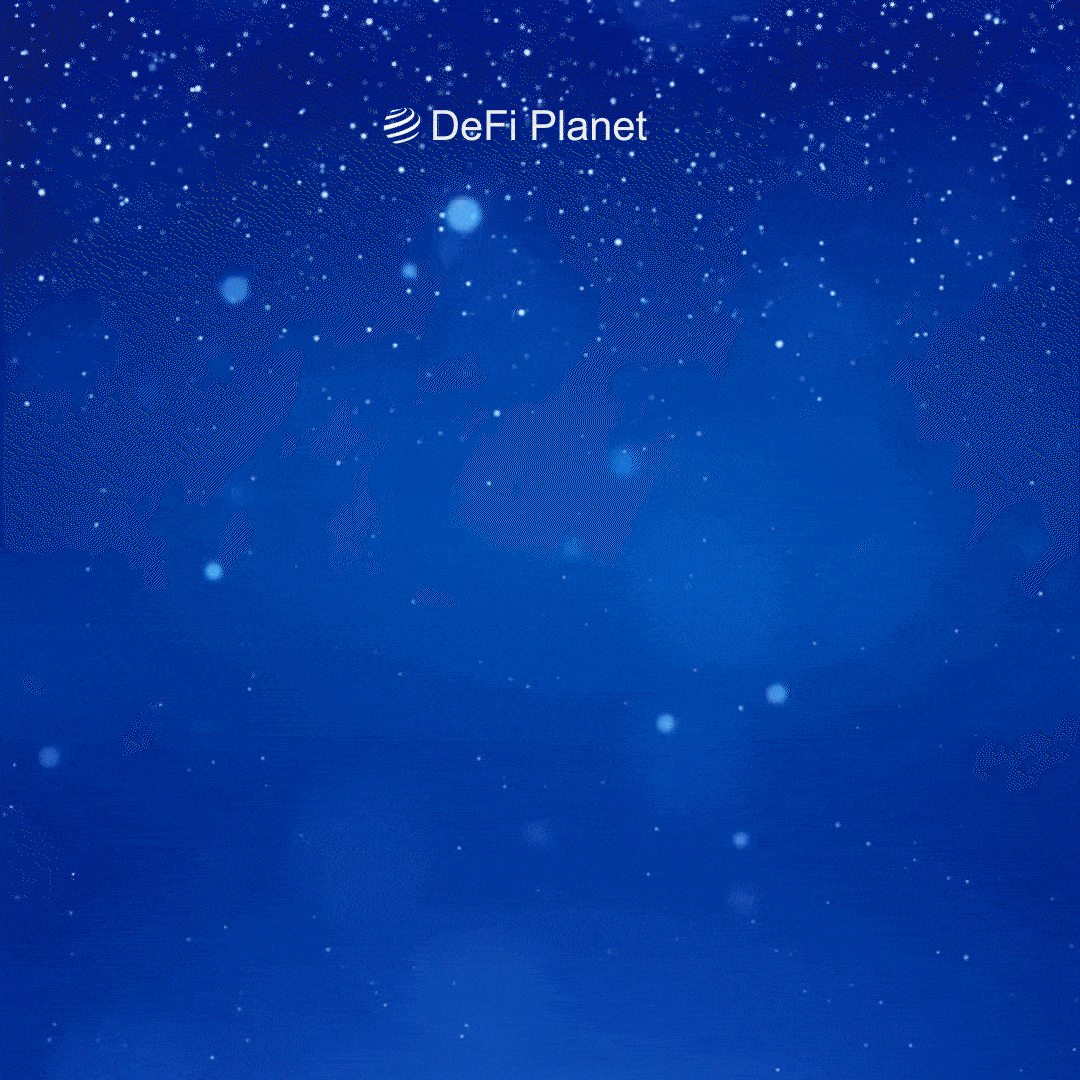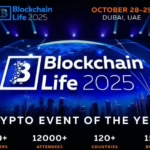The cryptocurrency market has been turbulent in 2025. Bitcoin, Ethereum, Solana, and XRP all suffered heavy corrections, with Bitcoin plunging below $94,000. The bearish sentiment led to $580 million in outflows from Bitcoin ETFs, marking the end of a six-week inflow streak. Meanwhile, trading volume across major crypto exchanges hit record lows, reflecting investor uncertainty.
However, signs of a mild rebound are emerging. As seasoned investors take advantage of low prices, retail investors are now searching for the best cryptos to invest in for long term.
Among the most promising projects, Qubetics ($TICS) is pushing blockchain innovation with its QubeQode IDE, designed to simplify smart contract deployment. Meanwhile, Ethereum (ETH) continues to dominate decentralized finance, with its network seeing increased long-term holdings. Finally, Stacks (STX) is bringing smart contract functionality to Bitcoin, revolutionizing its use beyond a store of value.
Qubetics: QubeQode IDE and the Future of Blockchain Development
Developers and businesses face significant hurdles when deploying blockchain-based applications. The complexity of writing and deploying smart contracts often discourages adoption, leaving many businesses struggling to integrate blockchain technology efficiently. Qubetics is solving this challenge with QubeQode IDE, a cutting-edge integrated development environment (IDE) designed to make smart contract creation more accessible.
QubeQode IDE streamlines blockchain development by offering a user-friendly platform that allows developers—whether seasoned programmers or newcomers—to build, test, and deploy smart contracts with ease. Imagine a freelance developer in San Francisco who wants to create a decentralized application (dApp) without mastering Solidity or Rust. With QubeQode, they can use pre-built modules, low-code features, and AI-assisted debugging tools, making development faster and more efficient.
Beyond simplifying smart contract deployment, Qubetics is reshaping cross-border transactions. Businesses that rely on traditional banking services for international payments often face long delays and excessive fees. Qubetics’ blockchain-powered ecosystem enables near-instant transfers, reducing reliance on intermediaries and cutting transaction costs significantly.
Investors are recognizing Qubetics’ potential. The Qubetics presale is in its 22nd stage, with over 480 million tokens sold to 20,500+ holders, raising $13.3 million. Tokens are available at $0.0807, and demand continues to surge. With its game-changing solutions, Qubetics is undoubtedly one of the best cryptos to invest in for the long term.
Ethereum: The Foundation of Decentralized Finance
Ethereum remains the king of decentralized finance, powering over 60% of DeFi applications worldwide. Its smart contract technology enables developers to build everything from decentralized exchanges (DEXs) to lending protocols, making it the backbone of Web3.
However, Ethereum is currently facing high volatility. Whales recently offloaded over $1 billion worth of ETH in just two days, triggering a 4% price decline. Despite this, long-term investor sentiment remains bullish. 740K ETH has been withdrawn from exchanges in the past two weeks, increasing the percentage of ETH held in private wallets to 84.3%, signaling strong accumulation.
Ethereum’s long-term success hinges on two major factors: Ethereum 2.0 and Layer-2 scaling solutions. With staking participation reaching record highs and gas fees becoming more manageable, Ethereum is steadily evolving to support mass adoption.
Consider a global remittance company looking to cut costs while improving transaction efficiency. Traditional banking transfers can take days, but Ethereum-based stablecoins like USDC and DAI allow for near-instant payments with minimal fees. This use case alone cements Ethereum’s position as a top choice for long-term crypto investors.
Meanwhile, analysts predict a 30% probability that ETH will surpass $3,000 by the end of Q1 2025, reinforcing its long-term growth potential. As Ethereum’s DeFi, NFT, and institutional adoption continue to rise, it remains one of the best cryptos to invest in for the long term.
Stacks: Bitcoin Layer-2 Smart Contracts
Bitcoin has long been considered a store of value, but what if it could do more? Stacks (STX) is making that a reality, bringing smart contract functionality to Bitcoin without altering its base layer.
Currently trading at $0.9368, Stacks has seen price fluctuations between $0.9248 and $0.9691 in the past 24 hours. Analysts predict its 2025 price range could swing between $0.75 and $4.55, depending on adoption. The key support level at $0.89 remains critical for its future movements.
One major catalyst for Stacks’ growth is Bitcoin Ordinals. These digital assets, similar to NFTs, are stored on Bitcoin’s blockchain, increasing demand for Stacks’ smart contract capabilities. Additionally, the network is attracting more developers and institutional players, reinforcing its long-term adoption.
Consider a gaming studio in Los Angeles that wants to launch a Bitcoin-powered play-to-earn ecosystem. Stacks enables them to build on Bitcoin’s security while leveraging programmable smart contracts. This innovation bridges Bitcoin with DeFi, NFTs, and dApps, making it a top choice for long-term investors.
With growing interest in Bitcoin Layer-2 solutions, Stacks is uniquely positioned to drive the next wave of blockchain innovation, solidifying its place among the best cryptos to invest in for the long term.
Conclusion
In a rapidly evolving crypto landscape, long-term investments require vision and strategy. Qubetics is revolutionizing blockchain development with its QubeQode IDE, making smart contract deployment accessible. Ethereum remains the backbone of DeFi, powering the future of Web3 finance. Meanwhile, Stacks is unlocking Bitcoin’s full potential, introducing smart contracts to the world’s largest blockchain.
For investors seeking high-impact projects with real-world utility, these three cryptos are among the best cryptos to invest in for the long term. With blockchain adoption accelerating, the opportunity to capitalize on these transformative projects has never been greater.
For More Information:
Qubetics: https://qubetics.com
Telegram: https://t.me/qubetics
Twitter: https://x.com/qubetics
Disclaimer
This is a sponsored post. The information provided in this article is for informational purposes only and does not constitute financial advice. DeFi Planet does not endorse or recommend any specific investment decisions and reminds readers to conduct their own research and due diligence before taking any financial actions. Digital assets are highly volatile and can lose some or all of their value. DeFi Planet is not responsible, directly or indirectly, for any damage or loss caused or alleged to be caused by or in connection with the use of or reliance on any content, goods or services mentioned in the article.
If you want to read more articles like this, visit DeFi Planet and follow us on Twitter, LinkedIn, Facebook, Instagram, and CoinMarketCap Community.
“Take control of your crypto portfolio with MARKETS PRO, DeFi Planet’s suite of analytics tools.”
FAQs
1.Why is Qubetics considered a strong long-term investment?
Qubetics’ QubeQode IDE simplifies smart contract deployment, making blockchain technology more accessible to developers and businesses.
2. How does Ethereum maintain its dominance in the DeFi sector?
Ethereum powers over 60% of DeFi applications, offering unmatched security, liquidity, and developer activity.
3.What makes Stacks different from other Layer-2 solutions?
Stacks enables smart contracts on Bitcoin, allowing DeFi, NFTs, and dApps to function on the world’s most secure blockchain.
4. Is Qubetics’ presale still open?
Yes, Qubetics is in its 22nd presale stage, with $TICS tokens available for $0.0807 before the next price increase.
5. How does Bitcoin Ordinals impact Stacks?
Bitcoin Ordinals drive demand for Stacks’ smart contract capabilities, increasing adoption among developers and investors.




















